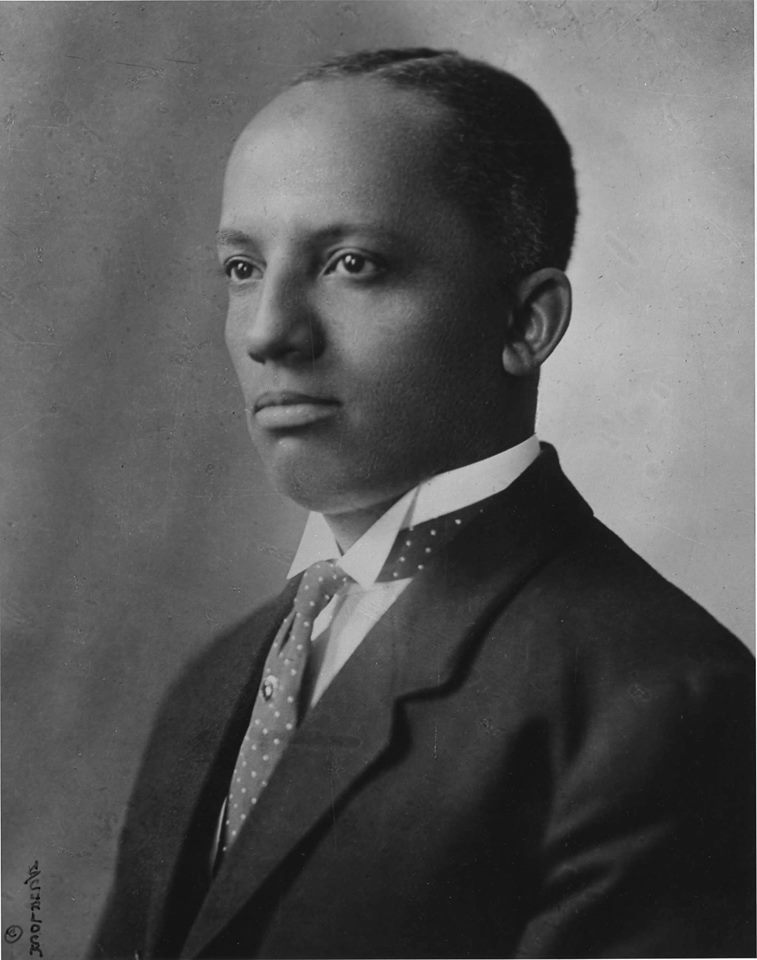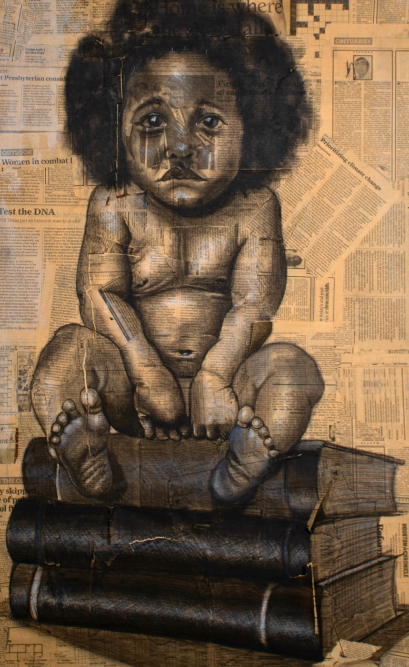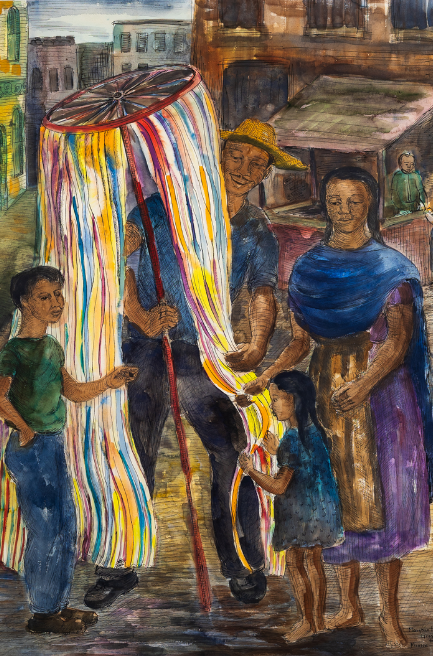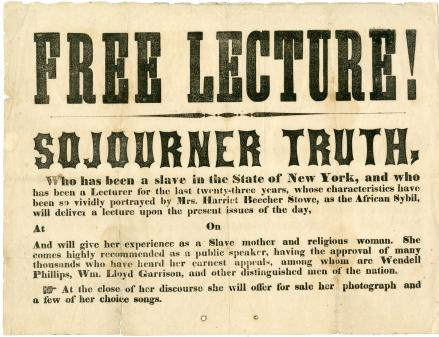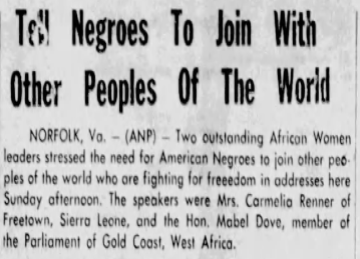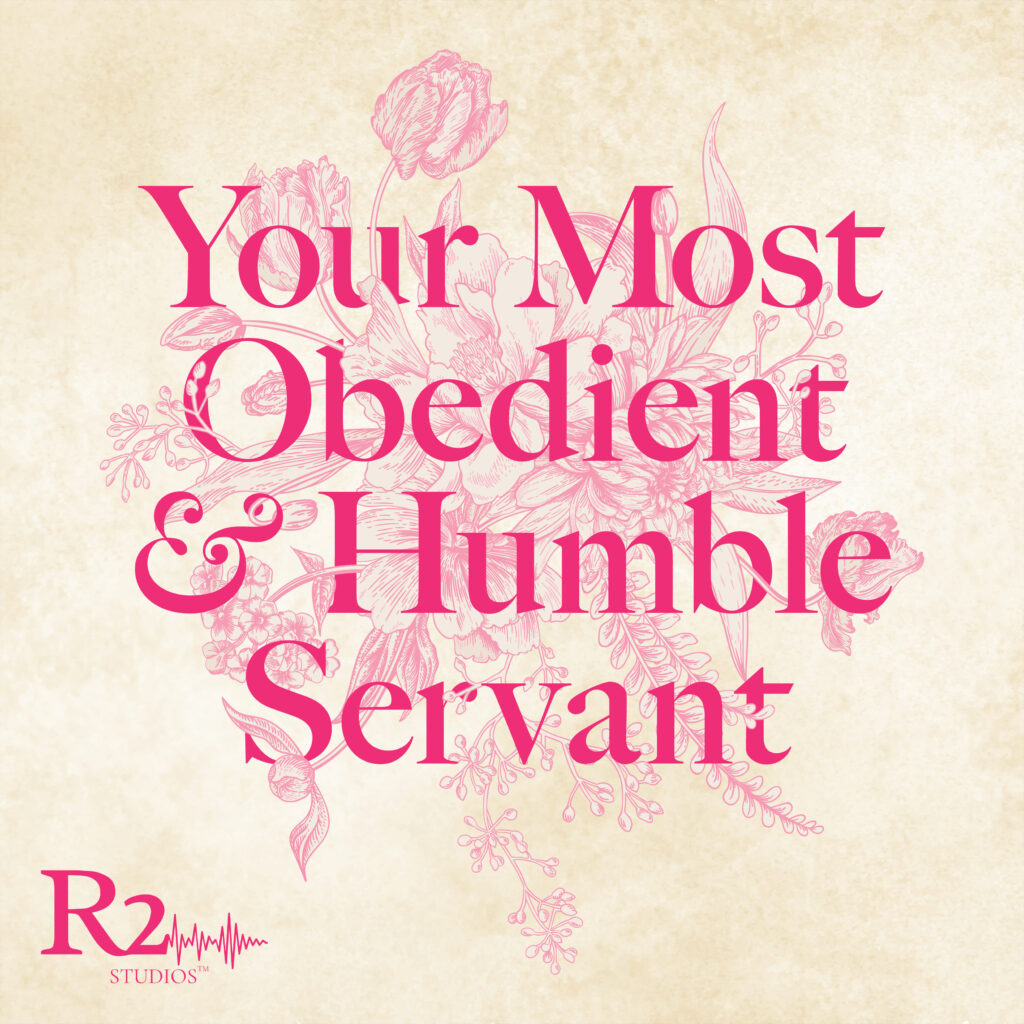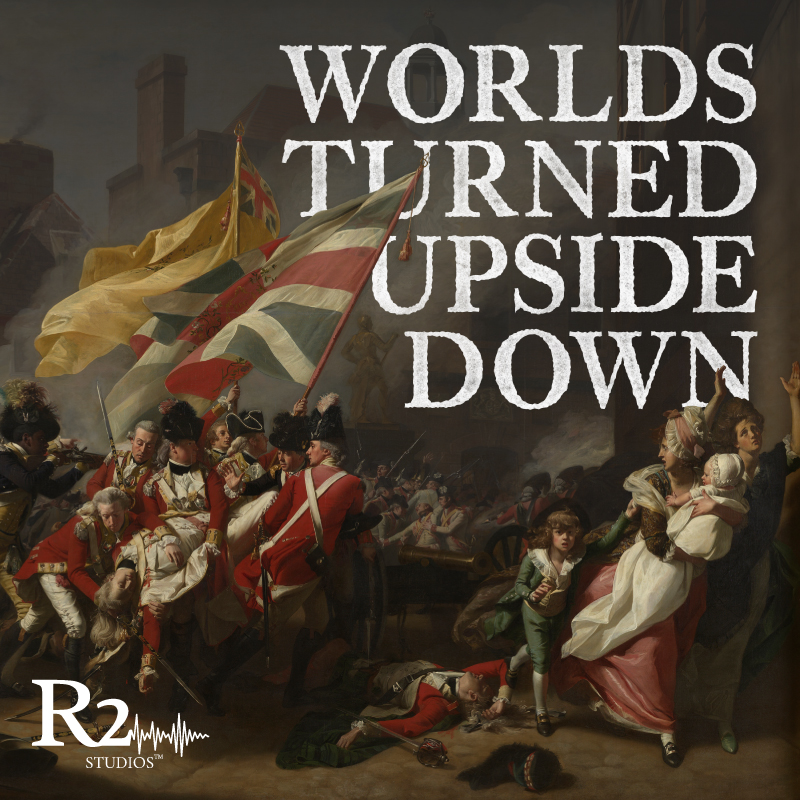Celebrating Black History Month
Just a couple miles from RRCHNM is the campus of Woodson High School, part of the Fairfax County Public School system. Until this past year the school was named for W. T. Woodson, the long time superintendent of FCPS and an opponent of school desegregation. Now the school is named after Carter G. Woodson. Born in 1875, Woodson was the second Black man to receive a PhD from Harvard University. Excluded from the American Historical Association and other professional historical circles, Woodson was a creator of institutions to understand and study Black history. Among the many institutions he founded was Negro History Week, founded nearly a century ago in 1926. Woodson’s observance was the precursor to Black History Month, first observed in 1970 and then federally recognized in 1976 for the bicentennial.
The tides of local and national politics that made it possible in the past few years to rename Woodson High School after the “Father of Black History” appear to be turning. Federal agencies are hastening to ban observance of Black History Month (and other such observations) in obedience to presidential executive orders barring “DEI.” These actions are part and parcel of an ongoing attack on historical knowledge about the difficult parts of American history.
RRCHNM’s mission is to democratize history through new media. We do that by providing free and open resources to help public audiences study and interpret history for themselves. Historical understanding and historical thinking is as important as ever in our democracy. So, in honor of Black History Month 2025, here are some of RRCHNM’s historical resources about Black history. You’ll find materials used by K-12 students at schools like C. G. Woodson H.S. and others around the country. There are census records for thousands of Black churches and religious organizations. You can listen to podcast episodes that help you think through the history of race in the United States. And we are excited to tell you more about our partnership with the Smithsonian.
HBCU History and Culture Access Consortium (HCAC)
The HBCU Collections Access Consortium (HCAC) is a multi-year project led by the Smithsonian National Museum of African American History and Culture (NMAAHC) to showcase the extraordinary archives and art collections from Historically Black Colleges and Universities (HBCUs) across the country. Since 2021, the Roy Rosenzweig Center for History and New Media (RRCHNM) has partnered with NMAAHC to develop and manage the project and provide digital public history training for five inaugural HBCU institutions taking part in the project’s pilot phase. This fall, the HCAC project website will launch, offering a digital archive of over 1,000 rare texts, images, and artifacts that connect the collections of the five HBCUs and bring to the public over 200 years of Black history, culture and art from their collections. The inaugural cohort includes Clark Atlanta University Art Museum, Florida A&M University’s Meek-Eaton Black Archives & Museum, Jackson State University’s Margaret Walker Center archives, Texas Southern University Museum, and Tuskegee University Archives.
Among the treasures in this collection are two striking works of art: On the left is an untitled print from 2016 of a solemn baby sitting on a pile of books against a backdrop of newspaper clippings. This print was created by Prinston Nnanna, an emerging New York-based artist and alumni of Texas Southern University. On the right is a lively colorful painting titled “Ribbon Man: Mexico City Market” (1954) painted by the celebrated artist, writer, and educator Margaret Taylor-Burroughs. The watercolor painting shows a happy ribbon-seller selling his wares to a mother buying ribbons for her children. These pieces, along with many other rare and previously unseen art, textual documents, maps, and oral histories will be accessible to the public in Fall 2025 with the launch of the HCAC project website.
Scholar Carla Peterson Analyzes Speeches by Black Women Abolitionists
Abolitionists used different styles and arguments to speak out against slavery. How do the styles of two African American abolitionist speakers, Sojourner Truth and Frances Ellen Watkins Harper, differ? What do we know about these women? Who recorded their words? Historian Carla Peterson examines primary sources for answer.
Historian Pellom McDaniels III Analyzes Telegram Martin Luther King sent to Jackie Robinson
In a 1962 telegram from Albany, GA, Martin Luther King Jr. called Jackie Robinson “one of the truly great men of our nation.” What made Jackie Robinson great? Drawing on the telegram and the speech King planned to give at Robinson’s Hall of Fame dinner, historian Pellom McDaniels III looks at who and what contributed to forming Robinson’s life and worldviews. How did he become the star athlete and civil rights pioneer King acknowledges in his telegram?
Teaching Module: Race, Gender, and Transnational Histories of Solidarity
In this teaching module, scholar Yatta Kiazolu outlines how studying transnational histories of solidarity among women of African descent reveals new dimensions of global political and social movements through the intersection of race and gender. Where nationalist narratives of progress acknowledge Black women’s various challenges to social, political, and economic oppression, this framing often obscures the connections people made between their experiences at home and those of global communities abroad. Dr. Kiazolu uses engaging primary sources to explore this global history topic.
Connecting Threads: Fashioning Madras in Indria and the Caribbean
Connecting Threads is a digital history project that uncovers the deep ties between African Caribbean communities and the vibrant textiles of South India. At the heart of this story is the Madras handkerchief—a brightly colored, checked cotton fabric that became a defining element of Black fashion and identity across the Greater Caribbean Region including southeastern United States.
For centuries, enslaved and free Black people in the Caribbean used Madras to craft headwraps, dresses, and other garments, transforming it into a symbol of resilience and cultural pride. Connecting Threads traces the journey of the Madras from the looms’ of lower-caste Indian weavers to Caribbean markets, revealing how colonial trade and Black creativity shaped global dress traditions.
The project offers a rich online exhibition, lesson plans, and a database to dive deeper into these histories.
RRCHNM Connecting Threads Team: Deepthi Murali (Principal Investigator), Jason Heppler (Co-Principal Investigator), Rebecca West (Graduate Student Intern)
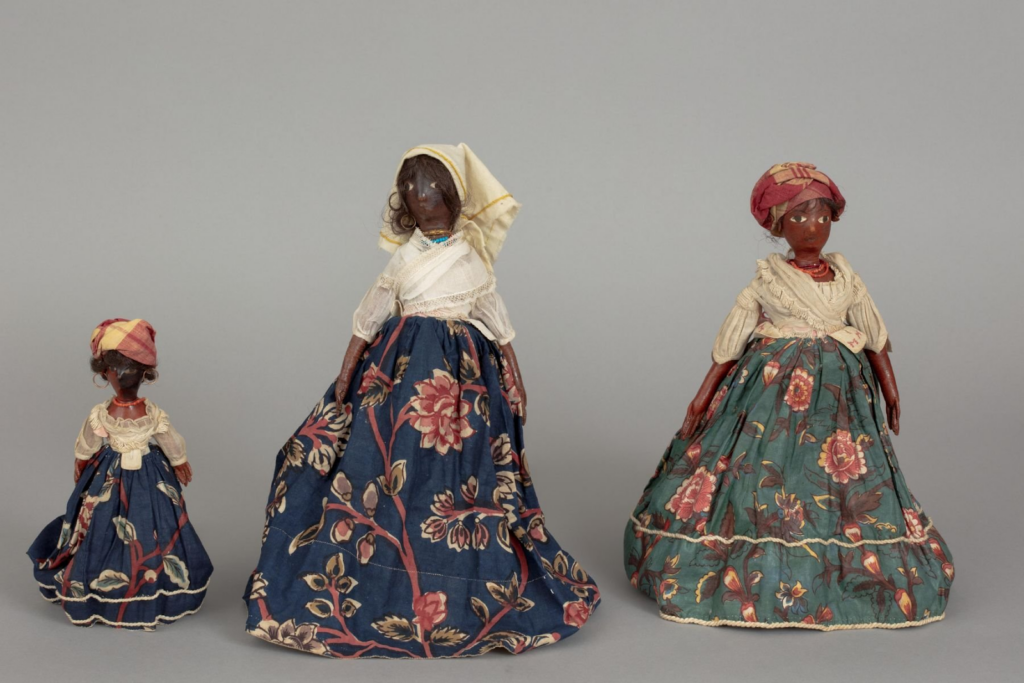
Silent on Slavery
This personal blog post explores the question of slavery in early American itinerant female preachers’ ministries. White female preachers, almost without exception, refrained from speaking on issues of race and emancipation. They avoided the topic and rarely spoke to mixed-race audiences. On the other hand, Black female preachers, even those born free, consistently preached on issues of emancipation and larger racial problems. This post explores the possibility for the reasons of silences on the topic by white women.
Black denominations in the Census of Religious Bodies
The 1926 Census of Religious Bodies cataloged many religious denominations across the country, including historically Black denominations. These schedules (or forms) provide congregation level data for many Black churches and religious groups at the beginning of the twentieth century. One such group noted in the 1926 census were the Negro Baptists and were one of the largest denominations noted in that year’s survey.
Schedule Spotlight: the Dorcas Spiritual Alliance Church
This blog post explores a specific schedule from the 1926 Religious Census. The Dorcas Spiritual Alliance Church was a small, Black-led Spiritualist group that met in the home of its leader, Dorcas Brown. Using census records to further glean information about Brown, with further context about The National Spiritual Alliance denomination, this post explores how to parse individual stories out of macro-historical datasets.
Podcasts
The Green Tunnel: The Weight of History
The Appalachian Trail is a much more diverse place today than it was as recently as 20 years ago. But if you spend much time on the trail, you know it’s still a pretty white place. There are many stories about the challenges faced by members of marginalized communities who hike the AT, and we need a lot more research to better understand how the history of the trail and the history of race are closely interwoven.
Your Most Obedient and Humble Servant: Episode 55: An Insurrection Was Hourly Expected
Ramin Ganeshram joins Kathryn Gehred to discuss excerpts from Janet Shaw’s Journal of a lady of quality; being the narrative of a journey from Scotland to the West Indies, North Carolina, and Portugal, in the years 1774 to 1776. Ganeshram and Gehred explore life under martial law in North Carolina and the fear and paranoia among white colonists because of a supposed insurrection by enslaved people.
Your Most Obedient and Humble Servant: Episode 56: The Most Dreadful of All Enemies
Dr. Jacqueline Beatty joins host Kathryn Gehred to discuss The Petition of Belinda from 1783 in which Belinda Sutton petitions The Massachusetts General Court for the funds left to her by her enslaver Isaac Royall after he fled the colonies during the Revolutionary War. Beatty and Gehred discuss Sutton’s use of poetic language to describe her kidnapping and enslavement.
Worlds Turned Upside Down: Episode 9: The Sugar
In the 1760s, Jamaica and the islands of the British Caribbean were the crown jewels of Britain’s American Empire. And as King George III’s ministers searched for solutions to a vexing imperial puzzle and moved to counter a pernicious threat in the aftermath of the Seven Years’ War, they looked west from London, to the islands of sugar.

